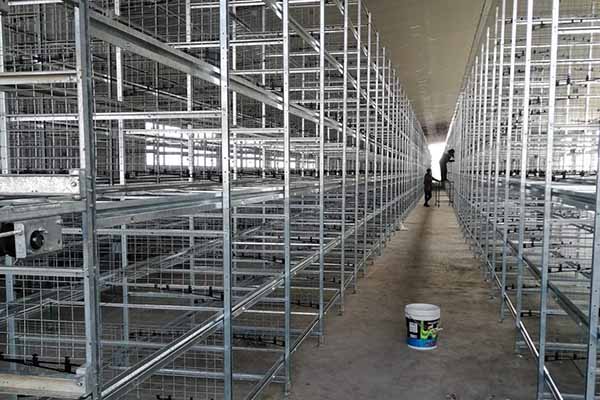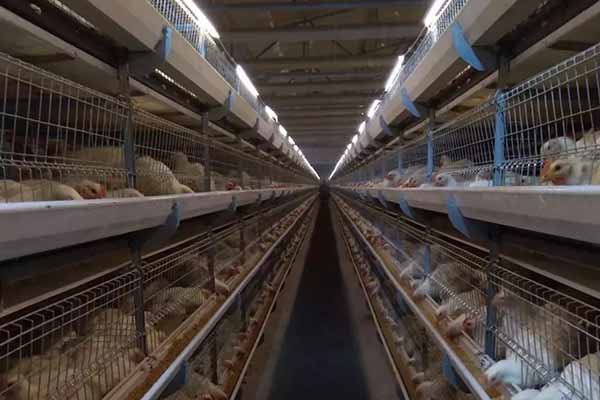20000 Chicks Automatic Egg Collection System in Kenya: The Future of Poultry Farming
Kenya’s poultry industry is experiencing significant growth, with a particular focus on egg production. To keep up with this demand, modernization is key. One innovative solution is the implementation of an automatic egg collection system for 20,000 chicks. This article explores the benefits and implementation details of such a system.

Introduction to Automatic Egg Collection Systems
Automatic egg collection systems have revolutionized the poultry industry by reducing labor costs and improving egg quality. These systems ensure that eggs are collected promptly, reducing the risk of contamination and spoilage. In Kenya, where the poultry industry is rapidly growing, investing in such technology can provide a competitive edge.

Benefits of Automatic Egg Collection Systems
- Reduced Labor Costs: Manual egg collection is time-consuming and labor-intensive. An automatic system eliminates the need for numerous workers, saving costs in wages and benefits.
- Increased Egg Quality: By collecting eggs automatically, the risk of contamination is minimized, resulting in higher-quality eggs.
- Improved Efficiency: Automatic systems can collect eggs at a much faster rate than manual methods, increasing overall production capacity.
- Reduced Risk of Egg Breakage: Eggs are gently transported through the collection system, reducing the risk of breakage.
Case Study: 20,000 Chicks Automatic Egg Collection in Kenya
In a recent project in Kenya, an automatic egg collection system was implemented for 20,000 chicks. The system included the following components:
- Egg belts and conveyors to transport eggs from the laying area to the collection point.
- Sensors to detect the presence of eggs in the belts and conveyors.
- A central collection point for eggs, where they are stored and sorted.
Results from the case study showed a significant increase in egg production, with a reduction in labor costs and an improvement in egg quality. The system paid for itself within just a few months.
Implementing a n Automatic Egg Collection System
n Automatic Egg Collection System
Implementing an automatic egg collection system requires careful planning and consideration of the following factors:
- Layout of the poultry farm: The system must be designed to fit within the existing infrastructure.
- Size of the flock: The system should be scalable to accommodate the size of the flock.
- Technology requirements: Ensure the system is compatible with existing technology and can be easily maintained.
- Investment costs: Evaluate the initial investment against the long-term savings and benefits.
Conclusion
Implementing an automatic egg collection system for 20,000 chicks in Kenya can significantly benefit the poultry industry. By reducing labor costs, increasing egg quality, and improving efficiency, this technology is a smart investment for any poultry farmer or investor. Contact us today for a free, detailed design and equipment quotation for your own poultry farm.




